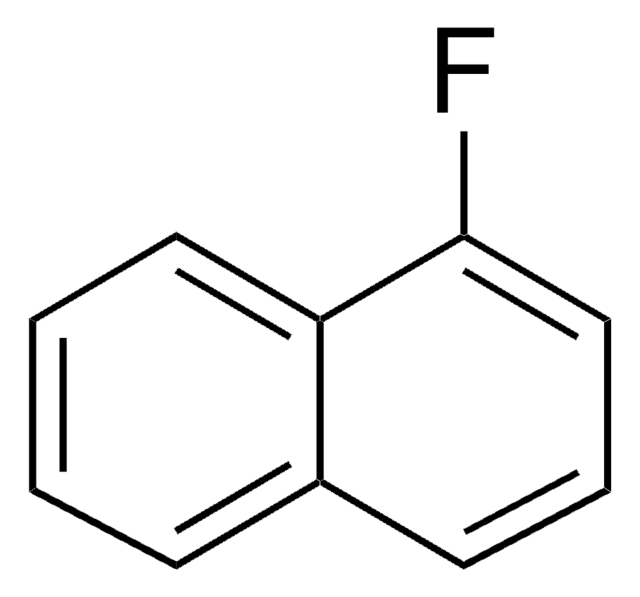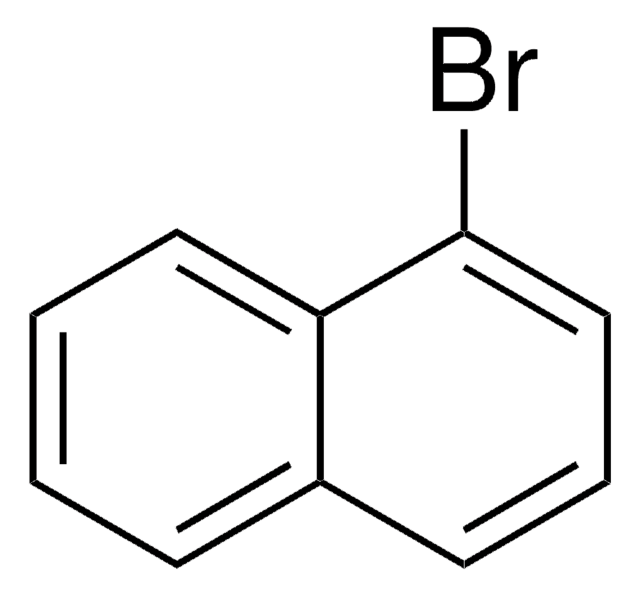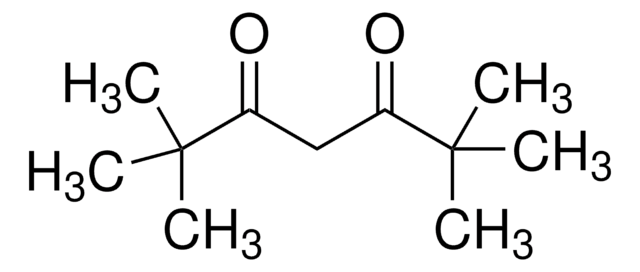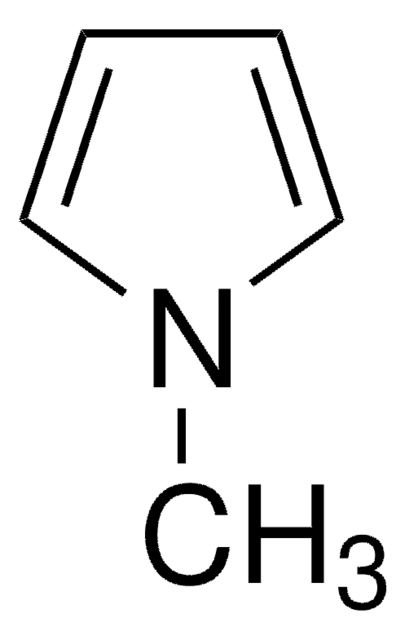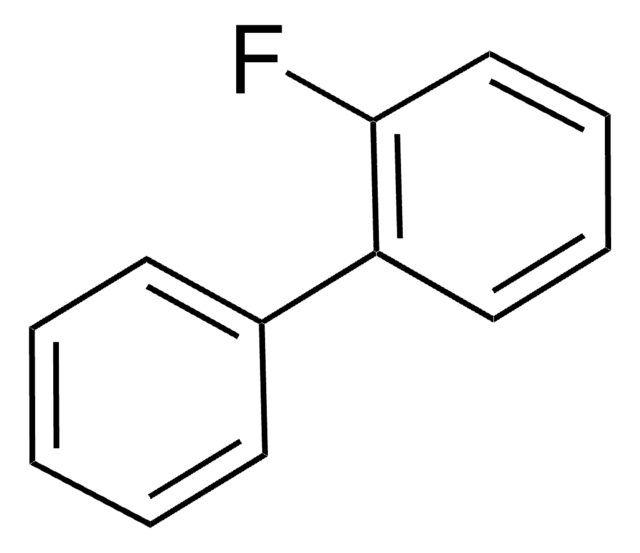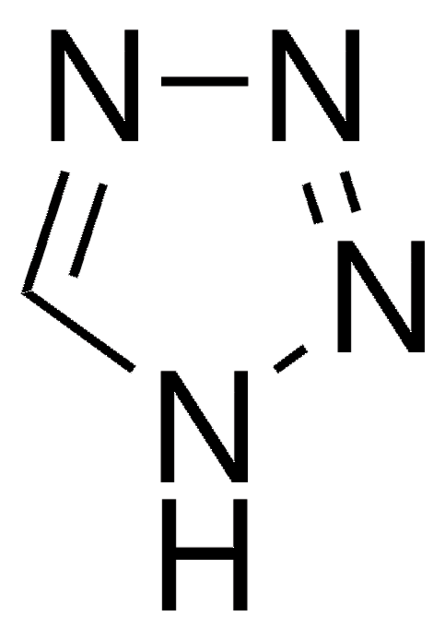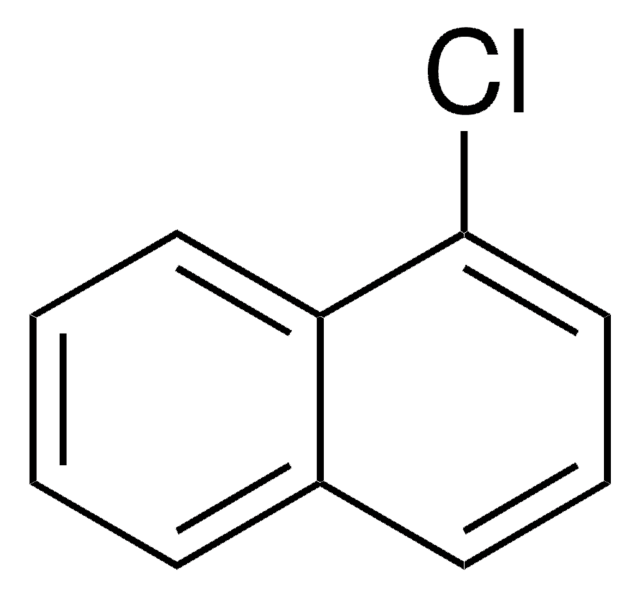196657
1-Fluoronaphthalene
99%
Sinonimo/i:
α-Fluoronaphthalene
About This Item
Prodotti consigliati
Saggio
99%
Stato
liquid
Indice di rifrazione
n20/D 1.593 (lit.)
P. ebollizione
215 °C (lit.)
Punto di fusione
−13 °C (lit.)
Densità
1.1322 g/mL at 20 °C (lit.)
Gruppo funzionale
fluoro
Stringa SMILE
Fc1cccc2ccccc12
InChI
1S/C10H7F/c11-10-7-3-5-8-4-1-2-6-9(8)10/h1-7H
CWLKTJOTWITYSI-UHFFFAOYSA-N
Cerchi prodotti simili? Visita Guida al confronto tra prodotti
Descrizione generale
Applicazioni
Avvertenze
Warning
Indicazioni di pericolo
Consigli di prudenza
Classi di pericolo
Eye Irrit. 2 - Skin Irrit. 2 - STOT SE 3
Organi bersaglio
Respiratory system
Codice della classe di stoccaggio
10 - Combustible liquids
Classe di pericolosità dell'acqua (WGK)
WGK 3
Punto d’infiammabilità (°F)
149.0 °F - closed cup
Punto d’infiammabilità (°C)
65 °C - closed cup
Dispositivi di protezione individuale
Eyeshields, Gloves, type ABEK (EN14387) respirator filter
Scegli una delle versioni più recenti:
Possiedi già questo prodotto?
I documenti relativi ai prodotti acquistati recentemente sono disponibili nell’Archivio dei documenti.
I clienti hanno visto anche
Protocolli
US EPA Method 610 describes the analysis of polynuclear aromatic hydrocarbons (commonly referred to as PAHs or PNAs) by both HPLC and GC.
Il team dei nostri ricercatori vanta grande esperienza in tutte le aree della ricerca quali Life Science, scienza dei materiali, sintesi chimica, cromatografia, discipline analitiche, ecc..
Contatta l'Assistenza Tecnica.